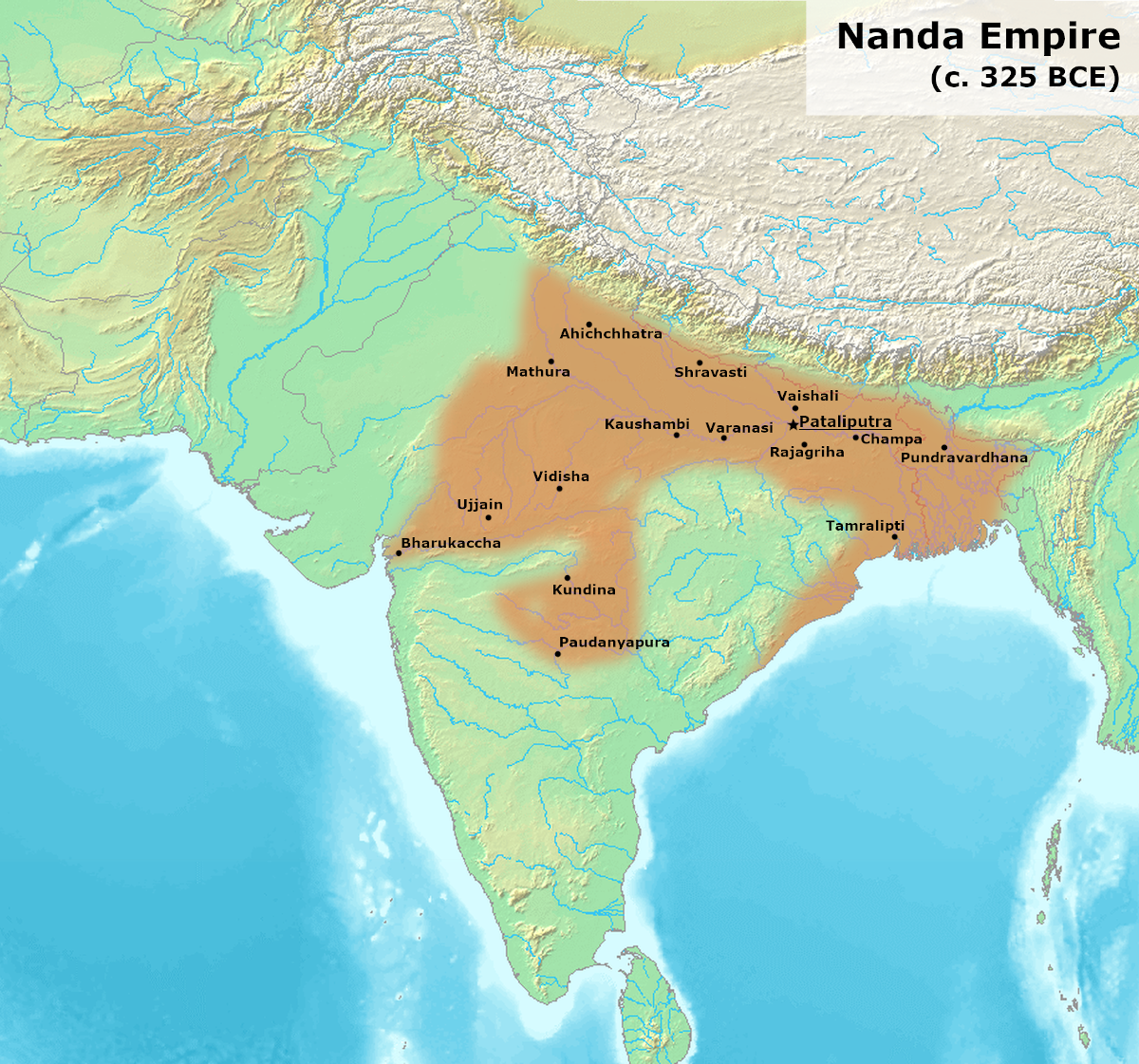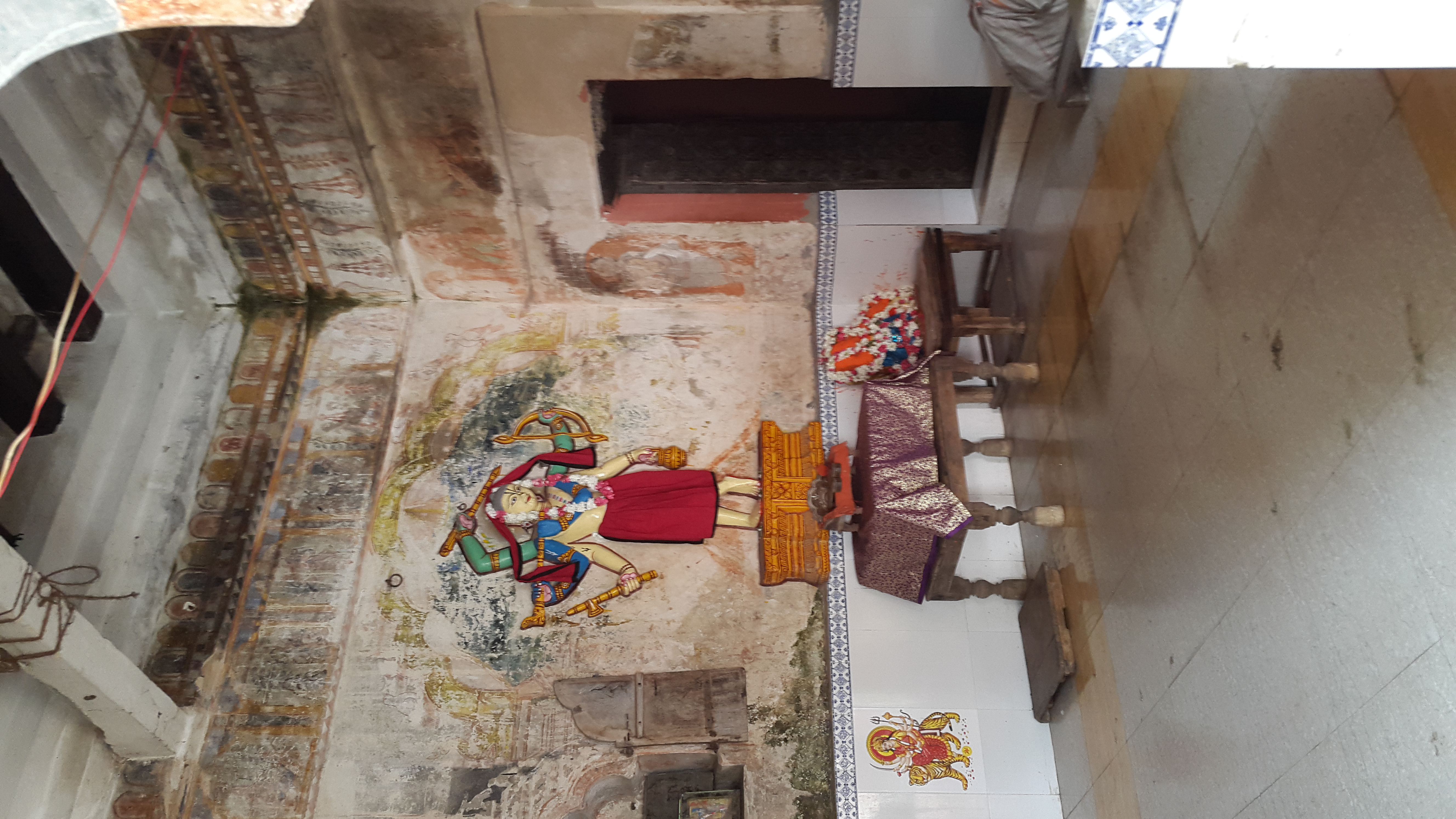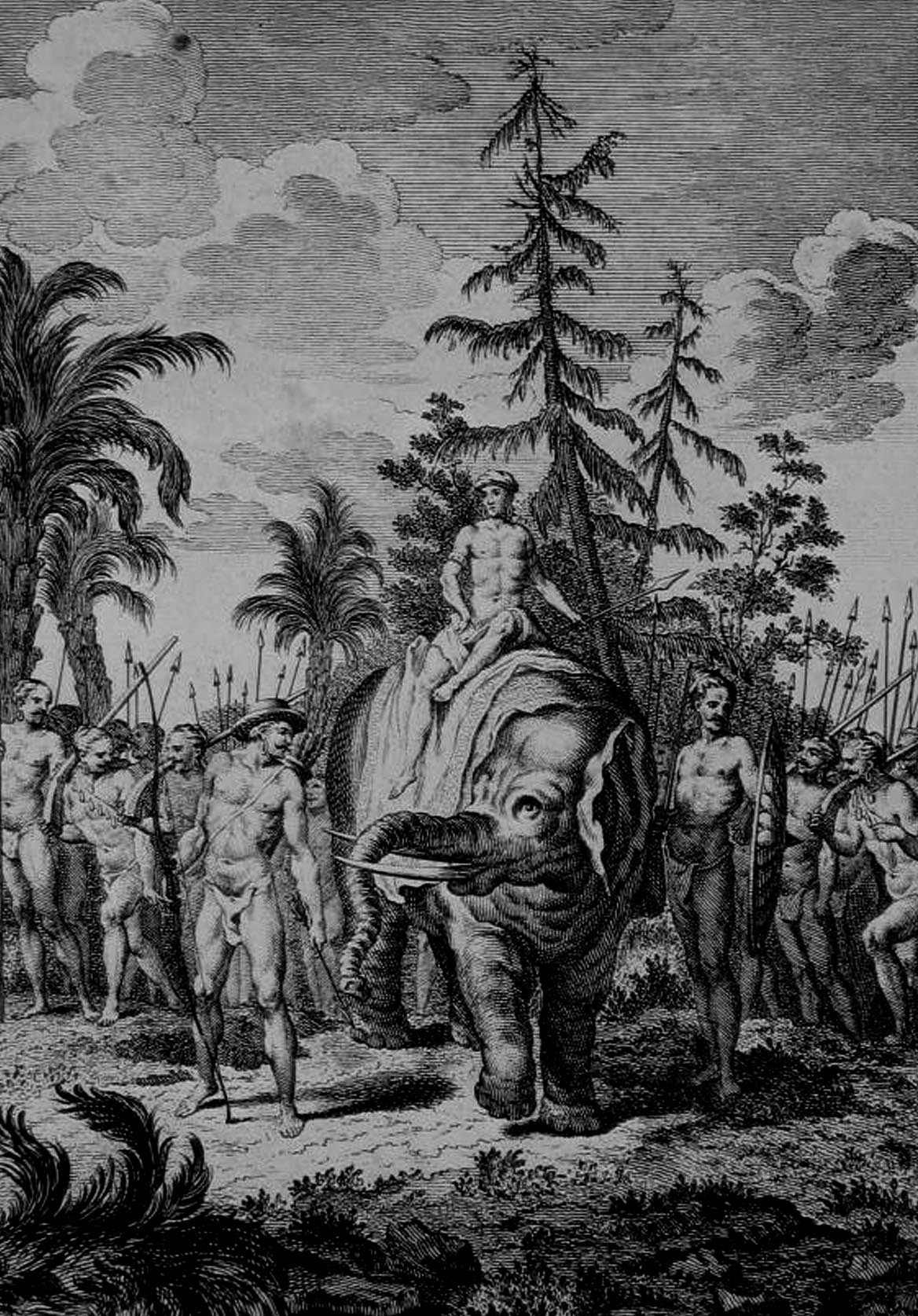|
Sikha
The ''sikha'' or ''shikha'' ( sa, शिखा; IAST: śikhā; "crest"; Hindi चोटी (choTi)) means flame, powerful, ray of light, peak of a mountain. It is a name of Hindu / Indian origin, and is commonly used for females. It also means long tuft, or lock of hair, left on top or on the back of the shaven head of a male Hindu. Though traditionally all Hindus were required to wear a śikhā, today it is seen mainly among Brahmins and temple priests. In West Bengal it is called Tiki. Hinduism The śikhā reportedly signifies one-pointed (''ekanta'') focus on a spiritual goal, and devotion to God. It is also an indication of cleanliness, as well as personal sacrifice to God. According to Smriti Shastras, it is mandatory for all Hindus to keep śikhā and the first three twice-born or dvija castes (brahmins, kshatriyas and vaishyas) to wear yajnopavita ( sacred thread), also called janeus, punool, or paita. It has been said that the śikhā allows God to pull one to heaven, or ... [...More Info...] [...Related Items...] OR: [Wikipedia] [Google] [Baidu] |
Chanakya
Chanakya (Sanskrit: चाणक्य; IAST: ', ; 375–283 BCE) was an ancient Indian polymath who was active as a teacher, author, strategist, philosopher, economist, jurist, and royal advisor. He is traditionally identified as Kauṭilya or Vishnugupta, who authored the ancient Indian political treatise, the ''Arthashastra'', a text dated to roughly between the fourth century BCE and the third century CE. As such, he is considered the pioneer of the field of political science and economics in India, and his work is thought of as an important precursor to classical economics.Waldauer, C., Zahka, W.J. and Pal, S. 1996Kauṭilya's Arthashastra: A neglected precursor to classical economics ''Indian Economic Review'', Vol. XXXI, No. 1, pp. 101–108. His works were lost near the end of the Gupta Empire in the sixth century CE and not rediscovered until the early 20th century. Around 321 BCE, Chanakya assisted the first Mauryan emperor Chandragupta in his rise to power and is ... [...More Info...] [...Related Items...] OR: [Wikipedia] [Google] [Baidu] |
Namboothiri
The Nambudiri (), also transliterated as Nampoothiri, Nambūdiri, Namboodiri, Nampoothiri, and Nampūtiri, are a Malayali Brahmin caste, native to what is now the state of Kerala, India, where they constituted part of the traditional feudal elite, owning a large portion of the land in the region of Malabar until the Kerala Land Reforms starting in 1957, and intermarrying with the Nair monarchs and aristocracy through sambandham. They have historically been distinguished by rare practices such as the adherence to Śrauta ritualism, the Pūrva-Mīmāṁsā school of Hindu philosophy, and orthodox tradition, as well as many idiosyncratic customs unique among Brahmins, including primogeniture. Cyriac Pullapilly mentions that the dominating influence of the Nambudiris was to be found in all matters: religion, politics, society, economics and culture of Kerala. History Origin Nambudiri mythology associates their immigration to Kerala from the banks of Narmada, Krishna, Kave ... [...More Info...] [...Related Items...] OR: [Wikipedia] [Google] [Baidu] |
IAST
The International Alphabet of Sanskrit Transliteration (IAST) is a transliteration scheme that allows the lossless romanisation of Indic scripts as employed by Sanskrit and related Indic languages. It is based on a scheme that emerged during the nineteenth century from suggestions by Charles Trevelyan, William Jones, Monier Monier-Williams and other scholars, and formalised by the Transliteration Committee of the Geneva Oriental Congress, in September 1894. IAST makes it possible for the reader to read the Indic text unambiguously, exactly as if it were in the original Indic script. It is this faithfulness to the original scripts that accounts for its continuing popularity amongst scholars. Usage Scholars commonly use IAST in publications that cite textual material in Sanskrit, Pāḷi and other classical Indian languages. IAST is also used for major e-text repositories such as SARIT, Muktabodha, GRETIL, and sanskritdocuments.org. The IAST scheme represents more than ... [...More Info...] [...Related Items...] OR: [Wikipedia] [Google] [Baidu] |
Coming-of-age
Coming of age is a young person's transition from being a child to being an adult. The specific age at which this transition takes place varies between societies, as does the nature of the change. It can be a simple legal convention or can be part of a ritual or spiritual event, as practiced by many societies. In the past, and in some societies today, such a change is associated with the age of sexual maturity ( puberty), especially menarche and spermarche. In others, it is associated with an age of religious responsibility. Particularly in western societies, modern legal conventions which stipulate points in around the end of adolescence and the beginning of early adulthood (most commonly 18, with the range being 16-21) when adolescents are generally no longer considered minors and are granted the full rights and responsibilities of an adult) are the focus of the transition. In either case, many cultures retain ceremonies to confirm the coming of age, and coming-of-age ... [...More Info...] [...Related Items...] OR: [Wikipedia] [Google] [Baidu] |
Sri Chaitanya Mahaprabhu
Chaitanya Mahaprabhu (; born Vishvambhar Mishra) was a 15th-century Indian saint who is considered to be the combined avatar of Radha and Krishna by his disciples and various scriptures. Chaitanya Mahaprabhu's mode of worshipping Krishna with ecstatic song and dance had a profound effect on Vaishnavism in Bengal. He was also the chief proponent of the Vedantic philosophy of Achintya Bheda Abheda Tattva. Mahaprabhu founded Gaudiya Vaishnavism ( the Brahma-Madhva-Gaudiya Sampradaya). He expounded Bhakti yoga and popularized the chanting of the Hare Krishna Maha-mantra. He composed the '' Shikshashtakam'' (eight devotional prayers). Chaitanya is sometimes called Gauranga or Gaura due to his molten gold–like complexion. His birthday is celebrated as Gaura-purnima. He is also called Nimai due to him being born underneath a Neem tree. Life '' Chaitanya'' means "one who is conscious" (derived from Chetana, which means "Consciousness"); ''Maha'' means "Great" and ''Prabhu' ... [...More Info...] [...Related Items...] OR: [Wikipedia] [Google] [Baidu] |
Marathi Language
Marathi (; ''Marāṭhī'', ) is an Indo-Aryan language predominantly spoken by Marathi people in the Indian state of Maharashtra. It is the official language of Maharashtra, and additional official language in the state of Goa. It is one of the 22 scheduled languages of India, with 83 million speakers as of 2011. Marathi ranks 11th in the list of languages with most native speakers in the world. Marathi has the third largest number of native speakers in India, after Hindi and Bengali. The language has some of the oldest literature of all modern Indian languages. The major dialects of Marathi are Standard Marathi and the Varhadi dialect. Marathi distinguishes inclusive and exclusive forms of 'we' and possesses a three-way gender system, that features the neuter in addition to the masculine and the feminine. In its phonology, it contrasts apico-alveolar with alveopalatal affricates and alveolar with retroflex laterals ( and (Marathi letters and respectively). H ... [...More Info...] [...Related Items...] OR: [Wikipedia] [Google] [Baidu] |
Ambalavasi
Ambalavasi, more properly Ampalavasi, ( ml, അമ്പലവാസി; IAST: Ampalavāsi; ) is the generic name for a group of castes among Hindus in Kerala, India, who have traditionally rendered temple services. Castes The Ambalavasis are broadly divided into two groups, being those who wear the sacred thread and those who do not. Sacred thread wearers Pushpaka Brahmins * Pushpaka (Pushpakan Unni) * Nambeesan * Theeyatt Unni * Kurukkal * Puppalli * Plappalli (Pilappalli) * Nambidi * Daivampadi or Brahmani Others * Chakyar, * Nambiar * Atikal (also written as Adikal) Threadless Ambalavasis * Pisharody * Marar * Varyar * Pothuval, The feminine names of threadless ''ambalavasi'' castes are formed by adding the suffix ''-syar'' to the masculine names as Pisharadi-Pisharasyar, Marar-Marasyar, Variar-Varasyar, Poduval-Poduvalsyar. Temple services Though all Ampalavāsis have to do service in temples, they have sufficiently distinct functions to perform. Pushpakan ... [...More Info...] [...Related Items...] OR: [Wikipedia] [Google] [Baidu] |
Nair
The Nair , also known as Nayar, are a group of Indian Hindu castes, described by anthropologist Kathleen Gough as "not a unitary group but a named category of castes". The Nair include several castes and many subdivisions, not all of whom historically bore the name 'Nair'. Fuller (1975) p. 309 These people lived, and continue to live, in the area which is now the Indian state of Kerala. Their internal caste behaviours and systems are markedly different between the people in the northern and southern sections of the area, although there is not very much reliable information on those inhabiting the north. Fuller (1975) p. 284 Historically, Nairs lived in large family units called ''tharavads'' that housed descendants of one common female ancestor. These family units along with their unusual marriage customs, which are no longer practiced, have been much studied. Although the detail varied from one region to the next, the main points of interest to researchers of Nair marriage cust ... [...More Info...] [...Related Items...] OR: [Wikipedia] [Google] [Baidu] |
Dikshitar
Dīkṣitars (Tamil: தீக்ஷிதர்) or Thillai Vazh Anthaanar are a Vedic Shaiva Brahmin servitor community of Tamil Nadu who are based mainly in the town of Chidambaram. Smartha (especially the Vadamas), Sri Vaishnava and other Brahmins in South India also carry the surname Dikshitars, but are different from the Chidambaram Dishitar. They are an exclusive group of Brahmins learned in the Vedas and ''Yagnas'' (sacrifices) who also serve as the hereditary trustees of the Nataraja temple in Chidambaram. They are also called ''Thillai Muvayiravar'' or the ''Three Thousand of Thillai'' Every Dikshitar once he is married becomes as of right a trustee and ''archaka'' of the Nataraja temple. A practice unique to the community is that the priests wear the tuft of hair in front of the head similar to the Nambuthiri Brahmans of Kerala. History The Dikshithars might be traced back to the first line of Brahmanas who migrated to South India from the north, this migration ... [...More Info...] [...Related Items...] OR: [Wikipedia] [Google] [Baidu] |
Tamil Language
Tamil (; ' , ) is a Dravidian language natively spoken by the Tamil people of South Asia. Tamil is an official language of the Indian state of Tamil Nadu, the sovereign nations of Sri Lanka and Singapore, and the Indian territory of Puducherry (union territory), Puducherry. Tamil is also spoken by significant minorities in the four other South Indian states of Kerala, Karnataka, Andhra Pradesh and Telangana, and the Union Territory of the Andaman and Nicobar Islands. It is also spoken by the Tamil diaspora found in many countries, including Malaysian Tamil, Malaysia, Myanmar Tamils, Myanmar, Tamil South Africans, South Africa, British Tamils, United Kingdom, Tamil Americans, United States, Tamil Canadians, Canada, Tamil Australians, Australia and Tamil Mauritians, Mauritius. Tamil is also natively spoken by Sri Lankan Moors. One of 22 scheduled languages in the Constitution of India, Tamil was the first to be classified as a Languages of India, classical language of India ... [...More Info...] [...Related Items...] OR: [Wikipedia] [Google] [Baidu] |
Nanda Dynasty
The Nanda dynasty ruled in the northern part of the Indian subcontinent during the fourth century BCE, and possibly during the fifth century BCE. The Nandas overthrew the Shaishunaga dynasty in the Magadha region of eastern India, and expanded their empire to include a larger part of northern India. Ancient sources differ considerably regarding the names of the Nanda kings and the duration of their rule, but based on the Buddhist tradition recorded in the '' Mahavamsa'', they appear to have ruled during ''circa'' 345–322 BCE, although some theories date the start of their rule to fifth century BCE. The Nandas built on the successes of their Haryanka and Shaishunaga predecessors, and instituted a more centralised administration. Ancient sources credit them with amassing great wealth, which was probably a result of introduction of new currency and taxation system. Ancient texts also suggest that the Nandas were unpopular among their subjects because of their low status birth, ... [...More Info...] [...Related Items...] OR: [Wikipedia] [Google] [Baidu] |







